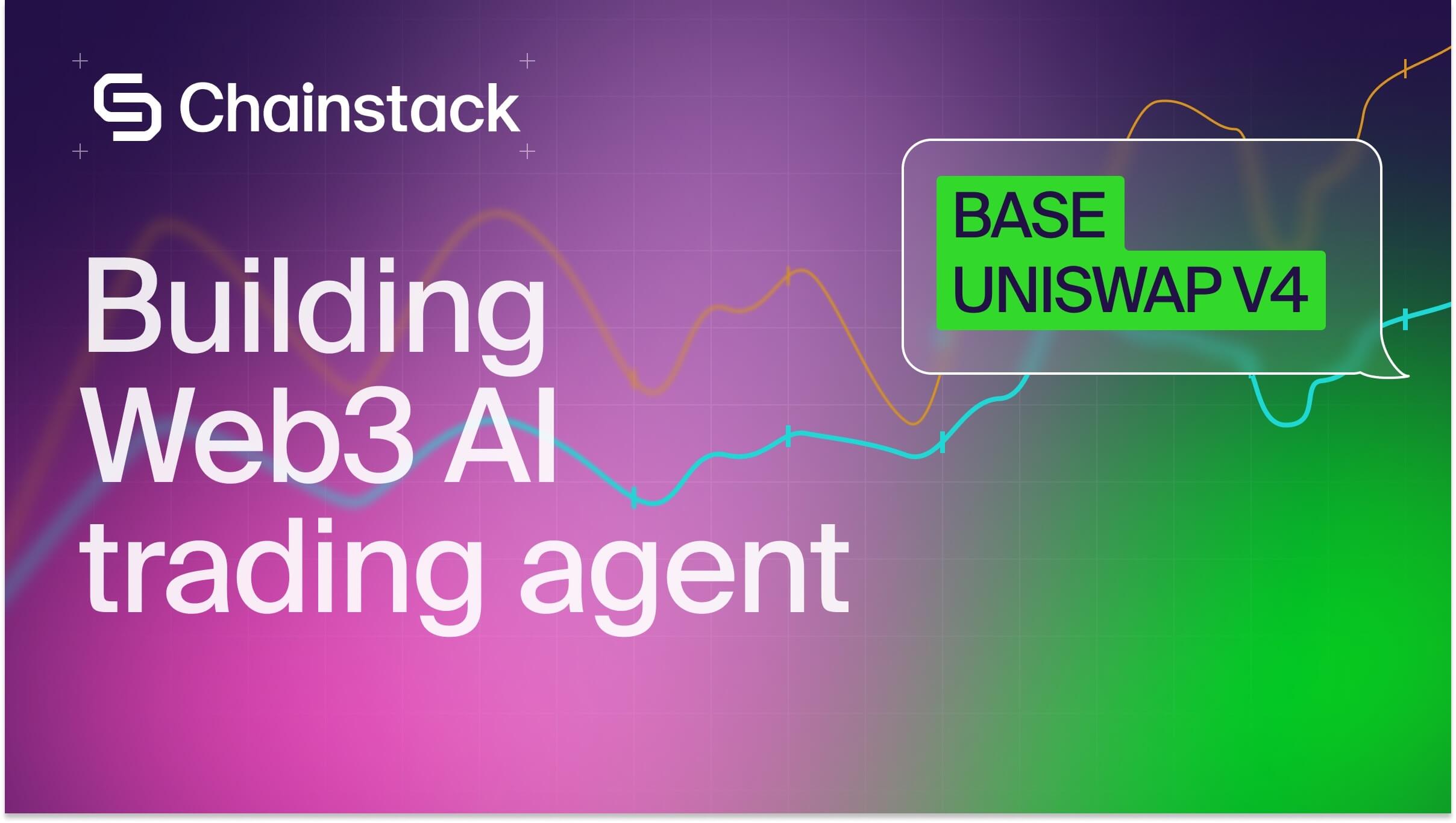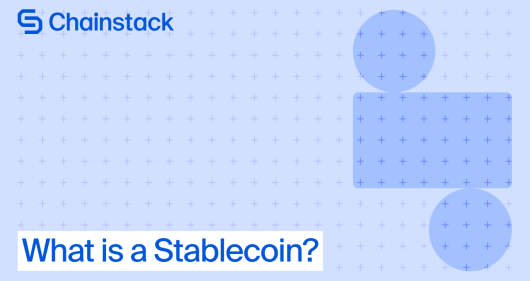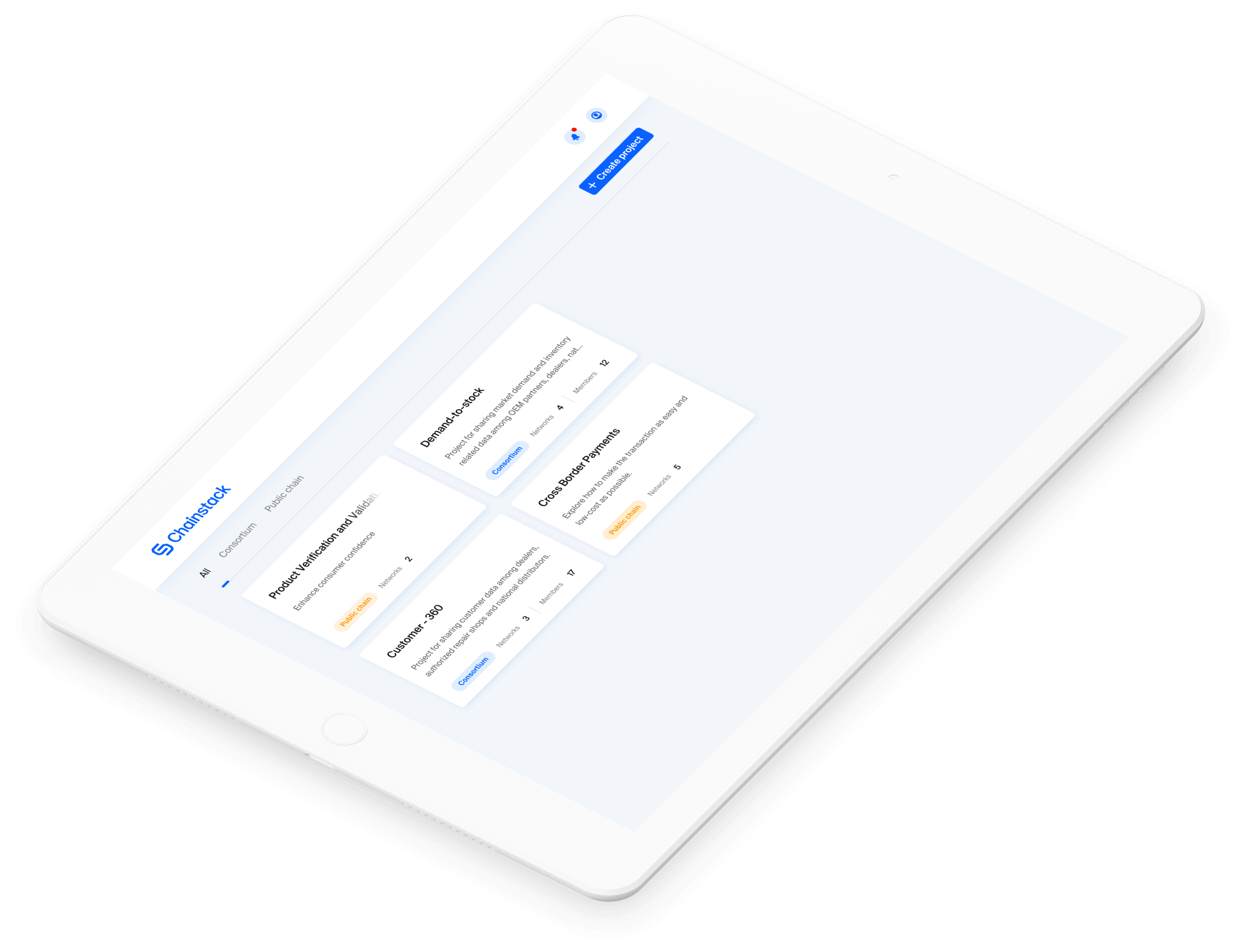How to get Hyperliquid testnet tokens with the Chainstack faucet
Hyperliquid is pushing for sub-second on-chain trading. To build on it, you’ll need faucet HYPE, a working RPC URL, and a reliable setup. We cover how to do it on Chainstack.
Hyperliquid is popping up in more and more builder chats. Traders are wiring bots, devs are stress-testing contracts, and everyone wants to see what an order-book chain with sub-second finality feels like. Test HYPE is still scarce though, and that slows the loop.
So we decided to ship one. On Chainstack, you can now request Hyperliquid testnet HYPE directly from our Hyperliquid faucet. On top of that, we’ve made the stack end-to-end: mainnet and testnet coverage, HyperEVM (full + archive), HyperCore, plus docs and node management through the console.
In this guide, we’ll show you how to grab free HYPE test tokens, set up your Hyperliquid testnet RPC endpoint, and start building.
How the Hyperliquid testnet faucet works
Before you push anything to mainnet, you dry-run the flow — deploy a contract, fire transactions against a Hyperliquid testnet RPC, or check that your scripts handle responses the way they should. For any of that, you need HYPE.
We’re one of the first to ship a Hyperliquid faucet built for that. It’s tied to your wallet address and lets you claim 1 HYPE every 24 hours, with no Twitter authentication in the mix. Just sign in, point it at your wallet, and you’re ready to test.
From there, you can use your balance to cover gas on testnet, validate deployments on HyperEVM, or run automated checks in your dev loop. And when you’re ready to go beyond test tokens, you can deploy a Hyperliquid node in the console and plug into mainnet or testnet RPCs all in one place.
How to use the Hyperliquid testnet faucet on Chainstack
Getting test HYPE from our Hyperliquid faucet is simple.
- Sign in — Log into your Chainstack console.
- Get your API key — In the console, go to Settings → API keys and copy an active key. You’ll need it to authenticate with the faucet.
- Open the faucet — Navigate to the Hyperliquid faucet page and paste your API key when prompted.
- Enter your wallet address — Paste the address you want to fund.
- Request tokens — Submit the claim. You’ll receive 1 HYPE every 24 hours.
- Confirm balance — Check your wallet or query your Hyperliquid RPC endpoint.
Once your wallet has balance, you can use it to pay gas on testnet, deploy contracts, or run integration scripts against HyperEVM. If you need stable, high performance infrastructure, alongside tokens, you can spin up a Global Node for quick tests or a Dedicated Node for latency-sensitive workloads. Both expose HTTPS and WebSocket RPC URLs that slot straight into wallets, frameworks, or custom tooling.
What you can do with Hyperliquid testnet HYPE
On Hyperliquid, nothing moves without HYPE, even on testnet. Gas covers smart contracts on HyperEVM, transaction calls, and anything you push through a Hyperliquid testnet RPC. That makes a faucet a baseline tool if you want to:
- Deploy and test contracts in a safe loop
- Run bots or scripts against real RPC responses
- Validate dApp or infra integrations before mainnet
- Backtest or stress test without burning real funds
- Onboard teammates or teach flows without risk
Once you’ve got tokens in your wallet, the natural move is to wire them into a node you control. In the Chainstack Console you can spin up a Hyperliquid node, copy the HTTPS or WebSocket RPC URL, and start routing calls through your own endpoint.
Hyperliquid tooling
Beyond the faucet and nodes, Hyperliquid comes with SDKs and APIs you can wire into your stack. There’s an official Python SDK and Rust SDK for trading applications, plus the JSON-RPC API to query chain state on HyperEVM. Dedicated Nodes also unlock system transactions between HyperCore and HyperEVM.
For the full set of SDKs and integration guides, check the Hyperliquid tooling docs.
Wrap up: more for Hyperliquid builders
Faucet HYPE gets you moving, but most builds need more than gas. On Chainstack you can run HyperEVM archive nodes to query past blocks, use Debug & Trace for transaction-level insights, or stream state changes in real time over WebSockets.
We also maintain the Hyperliquid method availability table — 100+ RPC methods mapped with live status, so you always know what’s callable. For trading flows, the Hyperliquid API reference covers REST and WebSocket endpoints for order submission, market data, and account queries. Understanding how these endpoints map to HyperCore and HyperEVM is essential, since not all functionality is available through RPC nodes.
And if you’d rather start from code than docs, our GitHub repo includes a starter trading bot wired for Hyperliquid RPC.
Between the faucet, HyperCore + HyperEVM nodes (Global or Dedicated), and the docs, you’ve got an end-to-end setup: test on faucet HYPE, debug against stable infra, then move to mainnet without rewriting your stack.
Power-boost your project on Chainstack
- Discover how you can save thousands in infra costs every month with our unbeatable pricing on the most complete Web3 development platform.
- Input your workload and see how affordable Chainstack is compared to other RPC providers.
- Connect to Ethereum, Solana, BNB Smart Chain, Polygon, Arbitrum, Base, Optimism, Avalanche, TON, Ronin, Plasma, Hyperliquid, Scroll, Aptos, Fantom, Cronos, Gnosis Chain, Klaytn, Moonbeam, Celo, Aurora, Oasis Sapphire, Polygon zkEVM, and Bitcoin mainnet or testnets through an interface designed to help you get the job done.
- Fast access to blockchain archive data and gRPC streaming on Solana.
- To learn more about Chainstack, visit our Developer Portal or join our Telegram group.
- Are you in need of testnet tokens? Request some from our faucets. Sepolia faucet, Hoodi faucet, BNB faucet, zkSync faucet, Scroll faucet, Hyperliquid faucet.
Have you already explored what you can achieve with Chainstack? Get started for free today.
FAQ
You can claim them from the Chainstack Hyperliquid faucet. Enter your wallet address and you’ll receive 1 HYPE every 24 hours. No Twitter authentication is required.
Yes. Hyperliquid runs Hyperliquid EVM, an EVM-compatible execution layer that brings smart contracts into an order-book environment.
HYPE tokens pay gas fees on both mainnet and testnet. On testnet you can claim 1 HYPE per 24 hours from the faucet; on mainnet, HYPE covers contract deployments, transfers, and trading flows.
Yes. Hyperliquid supports perpetual futures markets on both mainnet and testnet. Faucet HYPE lets you simulate order placement, run bots against the order book, and test how your integration behaves — all without touching real funds.
Yes. Public RPC endpoints are shared and subject to rate limits. For heavier loads, you can deploy a Chainstack node to get predictable performance.
 Ethereum
Ethereum Solana
Solana Hyperliquid
Hyperliquid Base
Base BNB Smart Chain
BNB Smart Chain Monad
Monad Aptos
Aptos TRON
TRON Ronin
Ronin zkSync Era
zkSync Era Sonic
Sonic Polygon
Polygon Unichain
Unichain Gnosis Chain
Gnosis Chain Sui
Sui Avalanche Subnets
Avalanche Subnets Polygon CDK
Polygon CDK Starknet Appchains
Starknet Appchains zkSync Hyperchains
zkSync Hyperchains


























